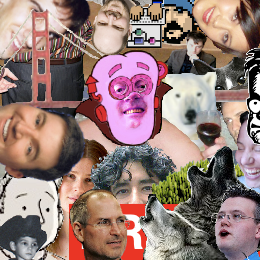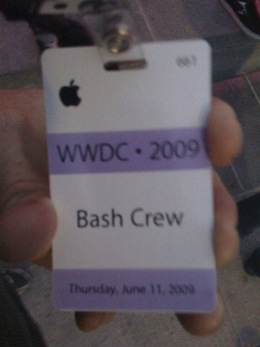It’s no secret that “multitasking” is one of the great new features of iOS 4. Unfortunately, many people have a misconception about what Apple has implemented. Hopefully this short essay will help you understand the restrictions and the good reasons for having these limits.
On your desktop, multitasking means that any application or process can run at the same time as another. Technically, there’s no reason why the same can’t be done on a mobile device. However, from a more practical point-of-view, there is one good reason why you don’t want this: a running app uses energy that decreases your battery life. Running fewer apps means you can listen to music longer, make more phone calls, or call up Maps at the end of the day to find a place for dinner.
At the same time, there are certain types of app that must run in the background in order to be useful. Apple has identified three categories of apps:
- Audio – Apps that plays audible content while in the background. The poster child for this type of application is Pandora.
- VOIP – When you’re making or receiving phone calls over an Internet connection, you’re using a “Voice Over Internet Protocol” app that runs in the background. Skype is a good example.
- Location – Some applications need to run in the background so they can keep track of your current location. An app that logs GPS coordinates while you take a walk or run would need to do this.
Additionally, apps can tell iOS 4 that they need additional time to complete a task or want the user to be notified at a specific time. This lets apps finish a long download or pop up the little blue window like an incoming SMS message.
These simple rules cover a wide variety of situations, but there are still some cases that aren’t covered. The main shortcoming is with apps that need to periodically refresh data. Social networking apps, chat programs, news readers, and other utilities that check the Internet for changing data don’t fit into any of the above categories. Developers have proposed solutions to these problems, but there’s no solution for today’s software.
Part of the confusion with multitasking comes from Apple’s excellent implementation of “task switching”. When you double-tap on the home button and start another application, the previous application is “frozen” and put into a state where it’s not running but can be restarted quickly. A part of the freezing process also reduces the amount of memory being used: allowing more applications to fit in freezer.
The next time you tap on the app’s icon, it is “thawed out” and put back on your iPhone’s screen while the previous app is frozen. This process is repeated each time you launch an app.
This sleight of hand makes it feel like you’re running many more applications than you actually are. It also explains how your iPhone can continue to have great battery life while you interact with many different apps. Most of your apps will be frozen and not using power: only the app on your screen is active. And even with audio, phone or GPS apps that are running in the background, you won’t be using more than one of those at a time (go ahead and try to listen to Pandora and the iPod apps at the same time!)
Hopefully this short explanation helps you understand that the developer of your favorite app isn’t being lazy about doing refreshing in the background! If you feel strongly about this situation, the best thing you can do is give Apple some feedback.
Updated July 1st, 2010: Matt Neuburg has written an in-depth explanation of fast app switching at TidBITS.





















